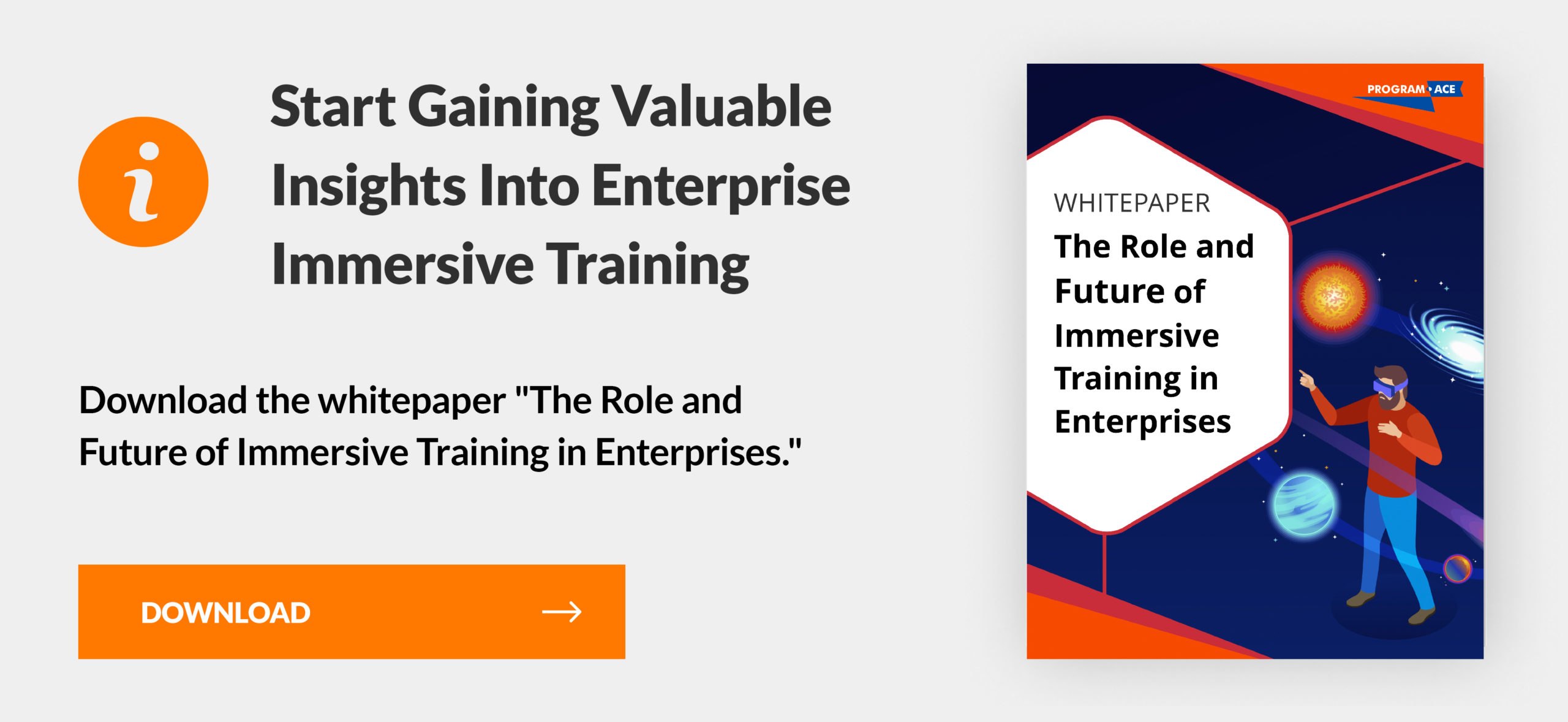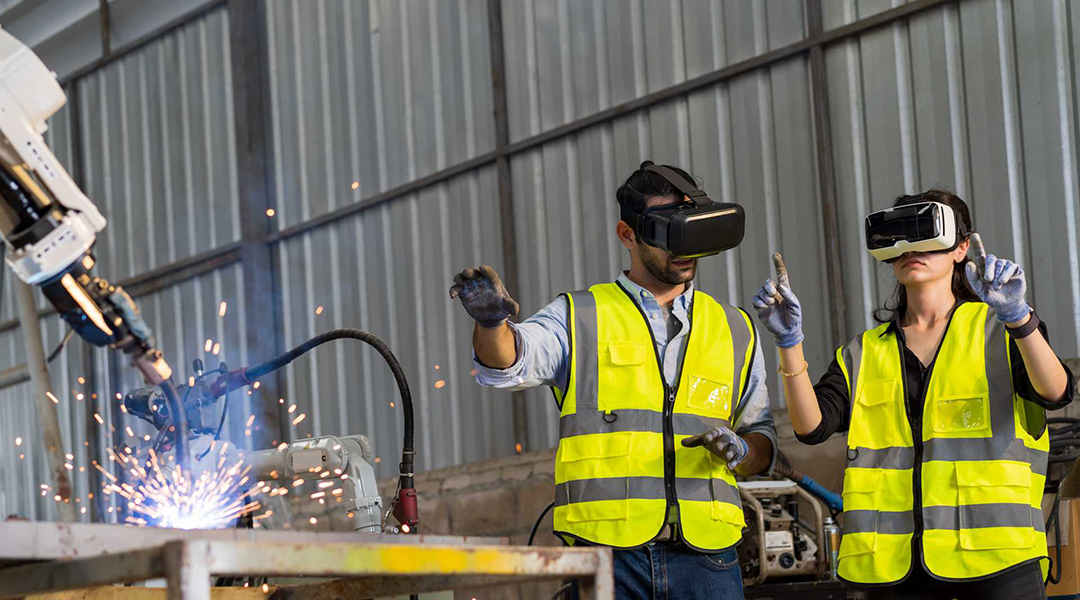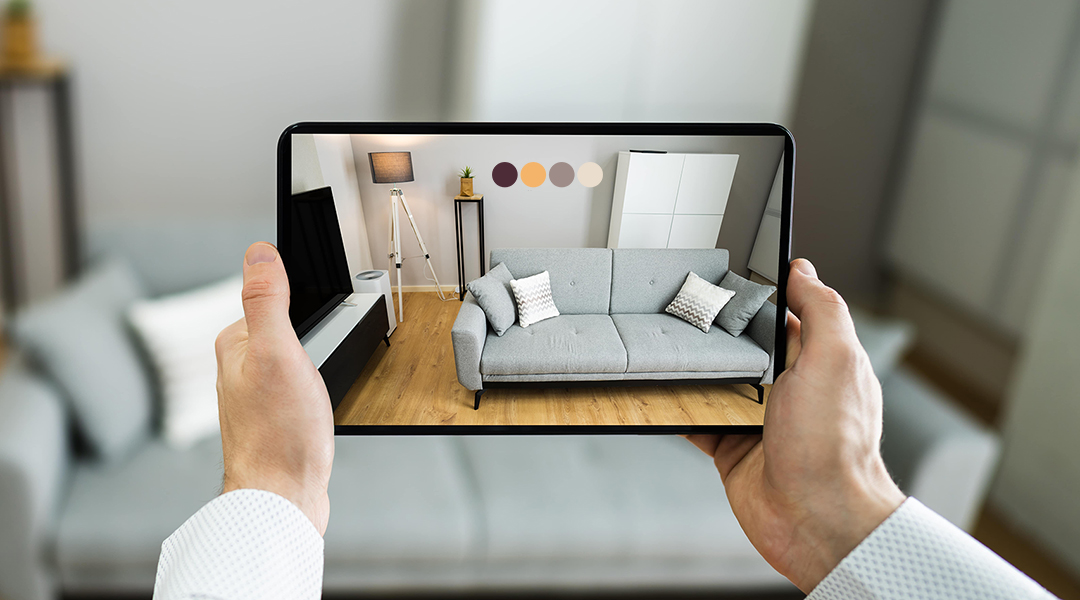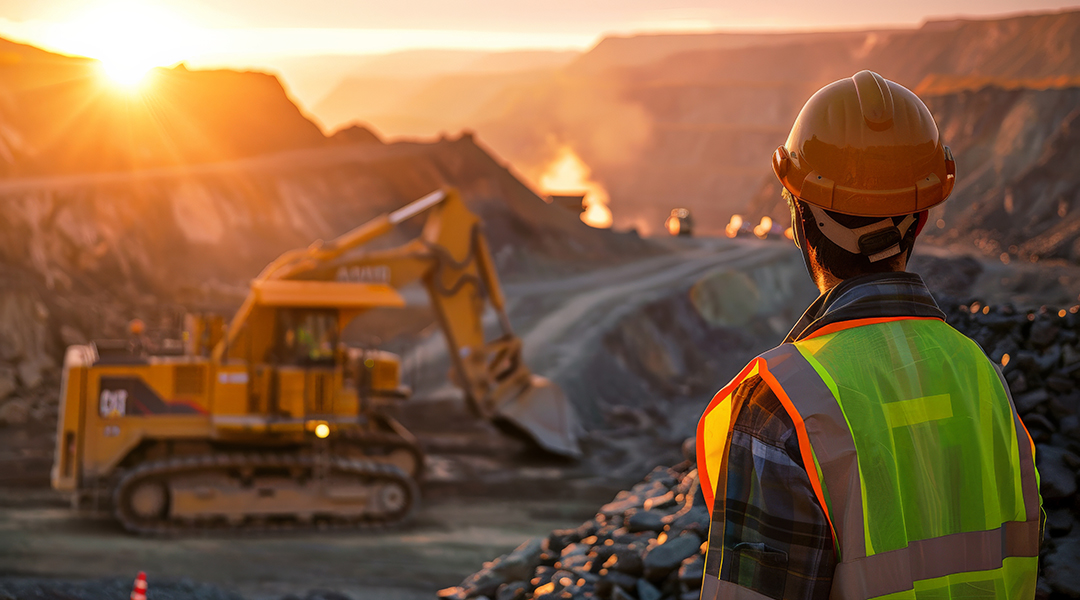It’s scary to imagine what the world would be like without engineering, a practice responsible for so many things that make our lives better. Using various technologies and approaches, engineers design impressive skyscrapers, bridges, space shuttles, and even new types of food.
Using virtual reality in engineering has proven to be a particularly helpful way to make numerous work processes more effective and optimized, and is worthy of a closer look. That’s why we want to cover how you can use VR in engineering and what benefits it can bring. We’ll also cover the best hardware for immersive apps and tips for finding a reliable VR development company.
How is VR Used in Engineering?
VR technology is used with special software (an application) and hardware (the VR headset) that immerse engineers in a virtual environment. Depending on the sector of engineering, specialists can plan, design, and conduct experiments in VR. Let’s have a look at what VR is used for in engineering fields.
Virtual reality in civil and structural engineering
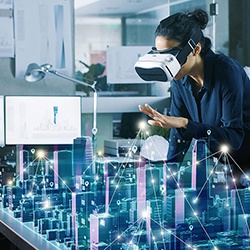
Civil engineering is the field that deals with designing urban objects such as bridges, tunnels, towers, and roads. In a similar vein, structural engineering is a branch of civil engineering responsible for the safety and stability of structures.
Thus, VR in civil engineering helps model various objects in a virtual environment. One Technical University of Lisbon case study has shown the use of VR for finding building plan anomalies and developing different options of optimal engineering solutions.
For another example, a civil engineering professor at the University of Texas at Arlington is working on a VR application that promotes learning in a safe (virtual) environment. Thus, specialists can train professional skills without risk to life and health.
VR in mechanical engineering
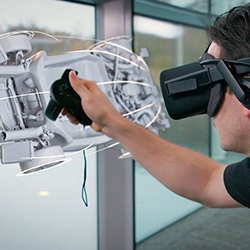
The field of mechanical engineering specializes in the design, engineering, and disposal of various machinery and equipment. In this area, specialists can design 3D models of heavy equipment, diagnose and troubleshoot technical issues using virtual reality.
In addition, one study showed how VR apps can be used to teach mechanical engineering. Based on its results, the authors concluded that studying mechanical engineering improves the participants’ academic outcomes and reduces budget spending.
VR in electrical engineering
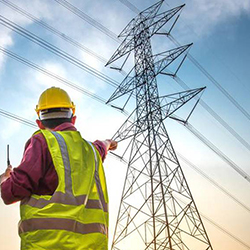
Electrical engineers develop electrical systems for supplying the whole world with electricity. Since working in this field is challenging and risky, VR enables professionals to work and learn in a safe environment.
Research from the Dublin University of Technology described how a particular VR app provides its users with multiple scenarios for experiencing simulations in electrical engineering. Results confirmed that virtual reality helps enhance electrical safety and design quality thanks to immersive surroundings and expanded capabilities of a program.
VR in chemical engineering
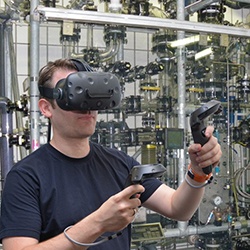
Chemical engineers are engaged in developing complex solutions in applied chemistry. Using virtual reality technologies, these specialists can design various devices using 3D modeling, as well as experiment with various chemical reactions. In addition, VR solutions are used for safety training and eLearning.
For example, the University of Toronto used this method to educate students during a pandemic. A virtual reality application simulated the experience of working in a university laboratory, allowing students to design and conduct chemical experiments supervised by their professor.
VR in aerospace engineering
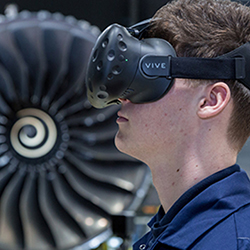
The use of VR in aerospace engineering was pioneered by the Boeing aircraft company. For example, Boeing engineers used virtual reality to determine the best way to build Boeing 737 MAX 10 — the most prominent representative of the new generation of medium-range airliners Boeing 737 MAX.

5 Ways of Applying VR in Engineering
VR is used or planned to be used by thousands of companies that have engineers. We’ve highlighted the main five ways of applying the technology for any engineering field.
-
VR safety training. Some engineering fields imply working with dangerous components like electricity, chemistry, and heavy manufacturing. That’s why VR in engineering training is beneficial, allowing employees to learn without risk of injury.
-
Prototyping and testing. Virtual reality is an excellent medium for prototyping, enabling engineers to visualize future products, analyze layouts, and diagnose errors. In addition, it’s possible to test different versions of models.
-
eLearning. Educational establishments and engineering companies can use virtual reality for remote learning and provide students with a more immersive experience. In addition, eLearning programs can be accompanied by a virtual instructor.
-
Co-worker collaboration. Regardless of the location, employees can create a meeting room for discussing current issues and work-related matters. In addition, engineers can cooperate on projects in virtual workrooms.
-
Presentations. Engineers are often asked to demonstrate prototypes of a product or system to management, and VR helps. For example, civil engeneers can conduct virtual tours to show the result of their work with built-in interactions.
Benefits of VR in Engineering
The impact of virtual reality on business is impressive, and the technology can be highly-helpful for both top management and ordinary specialists. Here’s how:
-
Staff safety. No more need to deal with work injuries. VR training and remote work are excellent ways to keep specialists productive and safe & sound.
-
Cost-effectiveness. Virtual 3D hardware and prototypes reduce costs spent on material and development. In addition, virtual staff training mostly eliminates the need to hire a actual instructor.
-
Workflow optimization. You can conduct meetings and collaborate with co-workers anytime, regardless of their location.
-
More capabilities. Specialists can use countless virtual tools for their work or even work remotely from home.
-
Improving performance. More interactive, immersive, and safe training is fundamental for the productive work for any specialist. In addition, the ability to use any resources at any time reduces the time spent on task realization.
Which Headset to Choose for a VR Engineering App?
A VR headset is the go-to equipment for using various virtual reality applications. The typical VR headset consists of VR glasses (usually with in-built speakers) and hand controllers that translate users’ hand movements to a virtual world. Several brands manufacture such hardware, but we’ll tell you about the most popular headset models widely used in engineering.
Top three VR headsets for engineering apps
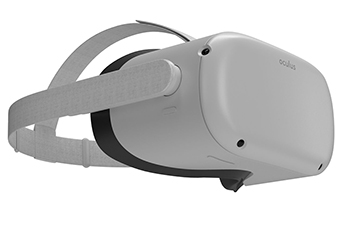
Oculus Quest 2
This headset is a wireless system that can support business applications. Oculus VR headsets are developed by an independent company named Oculus, but since 2014, it’s been a brand of the Facebook Technologies company.
The main advantage of the Oculus Quest 2 is providing a high-quality immersive experience for a reasonable price — $299-$399 at retail. In addition, the headset of this model is relatively lightweight (503 gr) and comfortable because of elastic head straps. You can also learn more about the headset in our Oculus Quest vs. Oculus Quest 2 comparison.
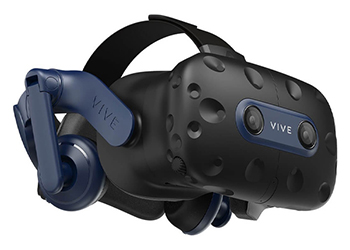
Vive Pro 2
Vive Pro 2 by HTC is a wireless headset for gaining professional experience in a virtual environment. The headset provides graphics in 5K resolution and a wide angle of view. The helmet is equipped with Hi-Res Certified Headphones with 3D Surround Sound.
It’s also possible to set up a multiplayer mode on HTC Vive for engineering. It enables the involvement of several engineers at once. In general, the headset is perfect for its use in engineering, but the price is relatively high — $749 for a headset only and $1399 for a complete kit.
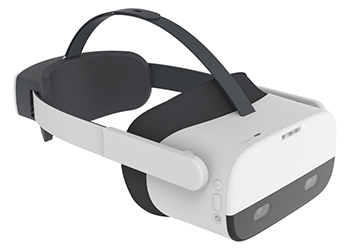
Pico Neo 2
The Pico Neo 2 model isn’t the latest version of Pico Neo, but it’s one of the most popular All-in-One enterprise solutions. This headset can be connected with a mobile application, PC, or wired connection, making the setup process pretty universal.
Pico Neo 2 provides hands-free control, so that you can pick the desired option with eye movement. In addition, this headset enables wireless PC streaming of the training and engineering process. You can also customize some parameters of your device, like the load screen and firmware.
The full-kit system costs $699 — the perfect middle ground between the affordable Oculus Quest 2 and the premium-quality Vive Pro 2. You can also learn more in a complete guide to the different Pico Neo headsets.
Effortlessly Develop a Custom VR App for Engineering
Developing a custom application is a popular demand, since no app store contains the software that fits many industries and companies equally, or considers their unique needs and workflow. But custom software is tailor-made to address these needs. The question is how to get it.
One option you can go with is choosing a reliable technical partner like Program-Ace. We are a dedicated development company that has been designing complex software solutions for almost 30 years. Named a Top B2B Leader in VR/AR development by Clutch, our team knows everything about making immersive products with substantial accuracy and business potential.
Contact us whenever you are ready to discuss project details and develop your custom VR application.
